Analyzing the forces shaping global financial markets, from geopolitics to macroeconomics

tay updated on India's solar park development in 2025, including capacity targets, government incentives, major projects, funding updates, and upcoming solar power auctions. Discover how India is advancing towards 40 GW solar power capacity.
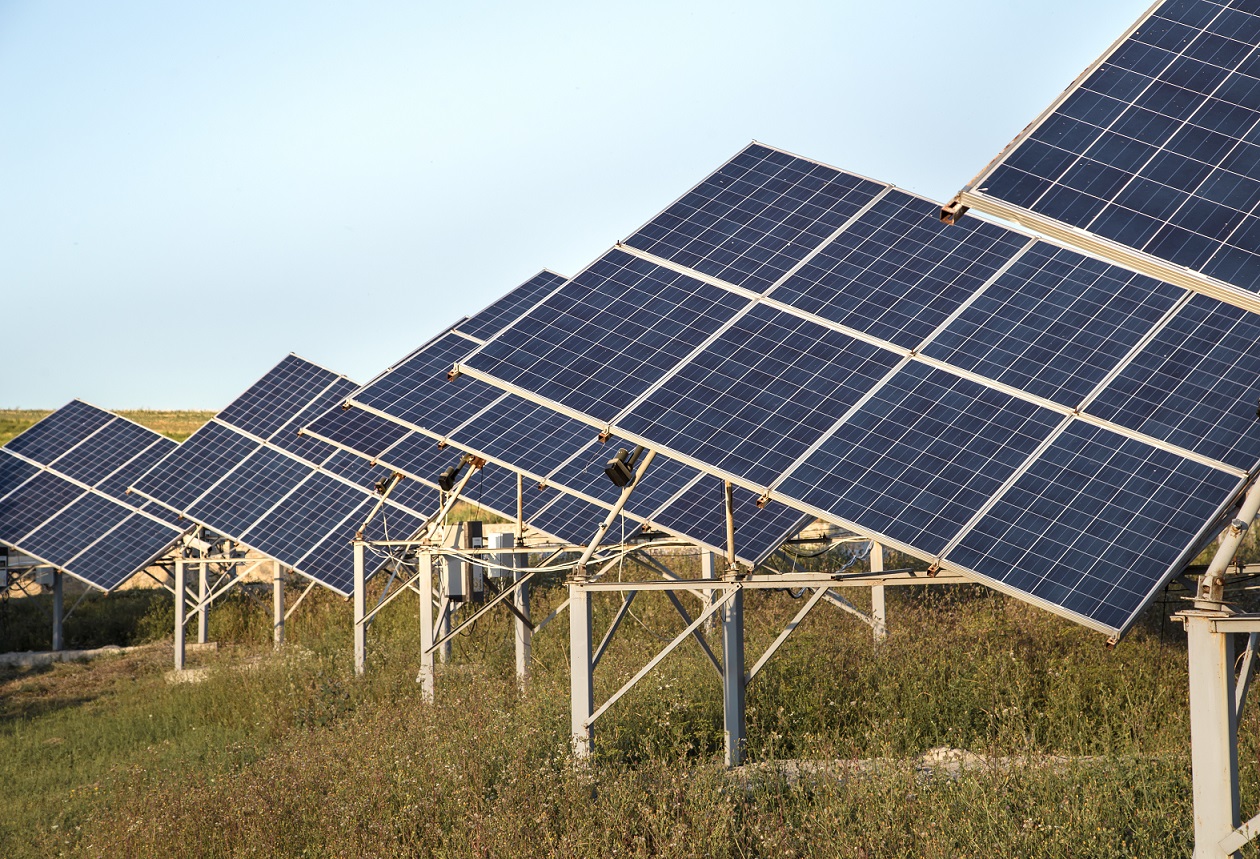
Explore the PM Surya Ghar Yojana 2025—India’s rooftop solar scheme with up to ₹78,000 in subsidies. Learn about state-wise pricing, capacity additions, major industry updates, and government targets to achieve 40,000 MW by 2026.

Till date nearly 222.3 Million consumer smart meters have been sanctioned for installation in India. Of this approximately 138 Million have been awarded. Of the awarded smart meters, nearly 22.9 Million have been installed till 12th March 2025.

India has sanctioned 222.3 million smart meters as of December 2024, with 134 million awarded and 18.5 million installed—states like Bihar, Assam, and Uttar Pradesh leading the deployment. The government has allocated INR 23,000 crores to install 250 million prepaid smart meters by 2027, driving digital transformation in the power sector.

As of January 2025, India has achieved a total installed wind energy capacity of 48.3 GW. In the calendar year 2024, the country saw an addition of 3.4 GW to its wind energy capacity, reflecting a 21% increase compared to the previous year (2023). Gujarat, Tamil Nadu, and Karnataka remain the dominant states in this sector, collectively contributing to nearly 64% of India's total wind energy capacity
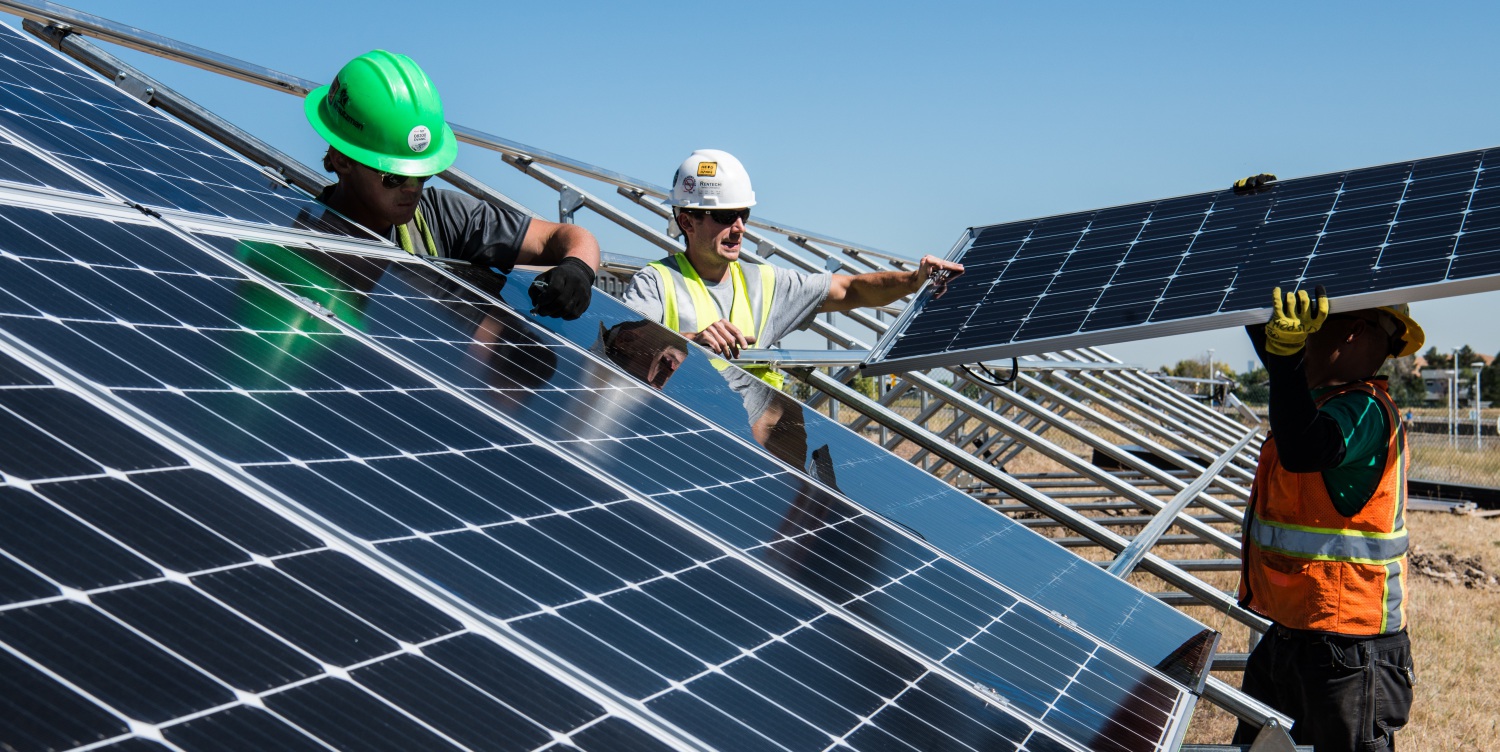
India's solar energy sector received INR 9003 Crores ($1.04 Billion) across various government schemes. This includes INR 1598 Crores ($184 Million) for the Solar Park Scheme, INR 4098 Crores ($475 Million) for the Solar Rooftop Scheme, and INR 2192 Crores ($254 Million) for the KUSUM scheme.
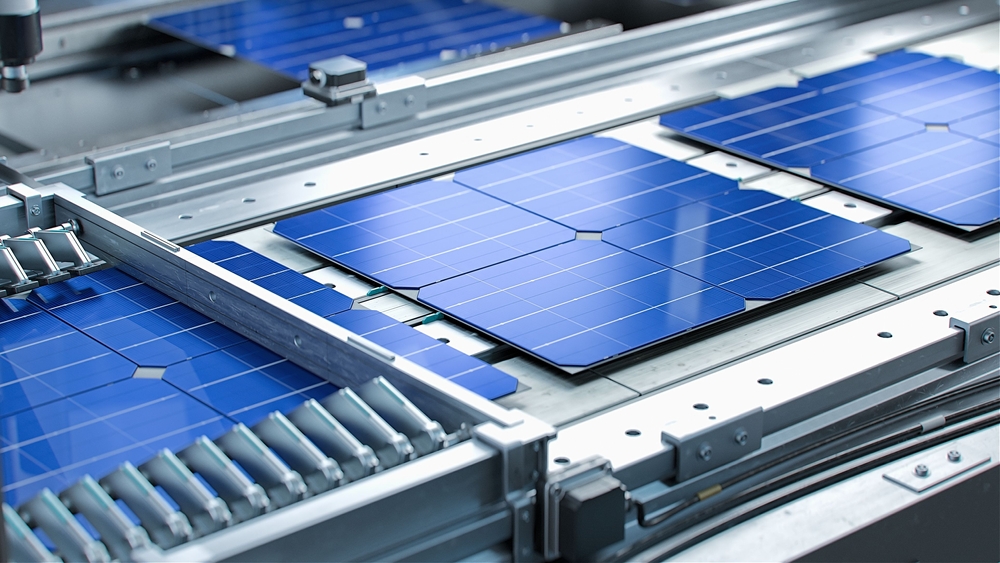
India boasts a solar installed capacity of 97.8 GW as of December 2024. The capacity has increased by approx. 24.4 GW from Dec’23-Dec’24, witnessing a percent growth of 28%.Rajasthan is the leading state for solar power generation in India & accounts nearly 26%. During Q4 of CY’2024 a capacity addition of 7 GW was observed in the solar installation till 31st December 2024.
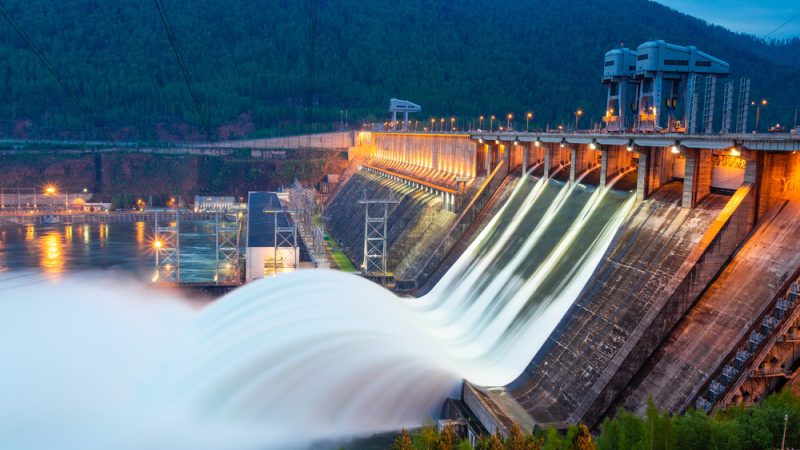
As of Dec’2024, India boasted 4745.6 MW installed capacity for PSHP, of which only 3305.6 MW was operational. Till date all the operational PSHP capacity is on-river only. During 2024 about 2100 MW of PSHP capacity was concurred by CEA, while 5050 MW of the capacity was aligned for receiving DPR.
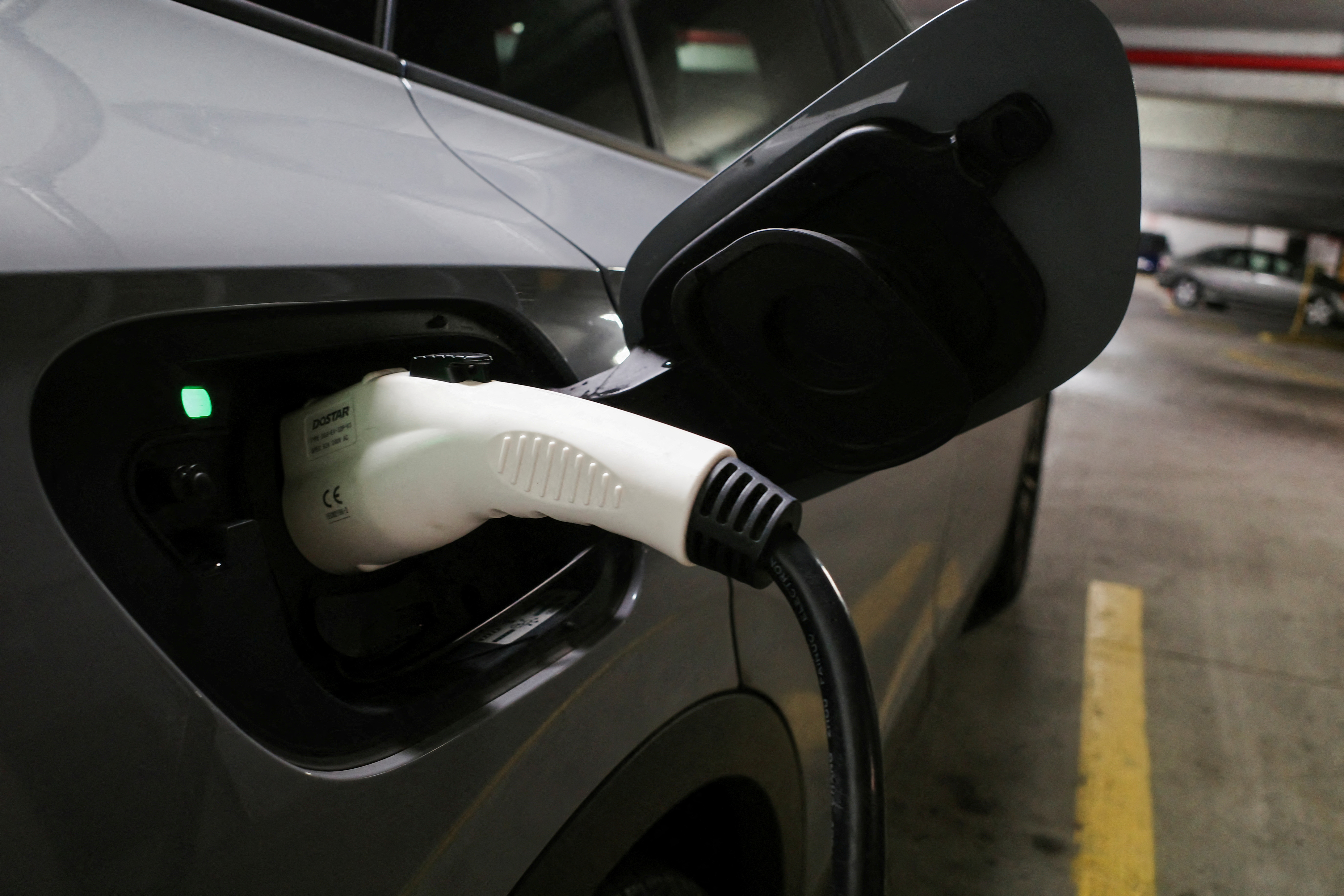
As of December 2024, the total EV Public Charging stations in India stands to be 25,202. Since July-Dec’2024 approximately 8858 EV PCS were installed in the country. The total number of EV public charge points as of Dec’2024 hovers around 40,000 &the fast charging points stands to be approx. 16,000.
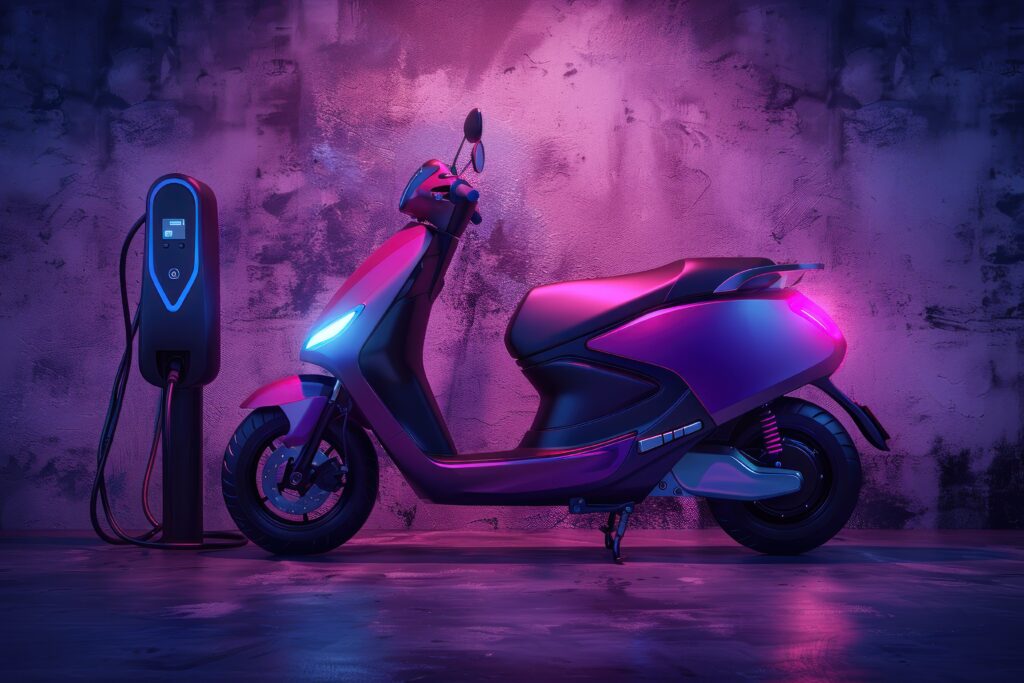
India boasts a total e-2W operational capacity of 29,99,570 units as of January, 2025. The capacity has increased from 860,477 units to 1,148,729 units from Dec’23 to Dec’24, witnessing a percentage growth of 33.49 %. Maharashtra is the leading state in e-2W adoption in India & accounts nearly 18.29%. Q4 of CY 2024 saw maximum e-2W adoption of 333,238 units in the country.

The PM-KUSUM scheme aims to target an addition of 34,800 MW of solar capacity by March 2026. As of 31st December 2024, a total of 4,233.23 MW has been achieved under Off Grid/Kusum. Of this, approximately a total of 396.98 MW has been installed under Component A. The total capacity added in 2024 is approx. 231.98 MW.
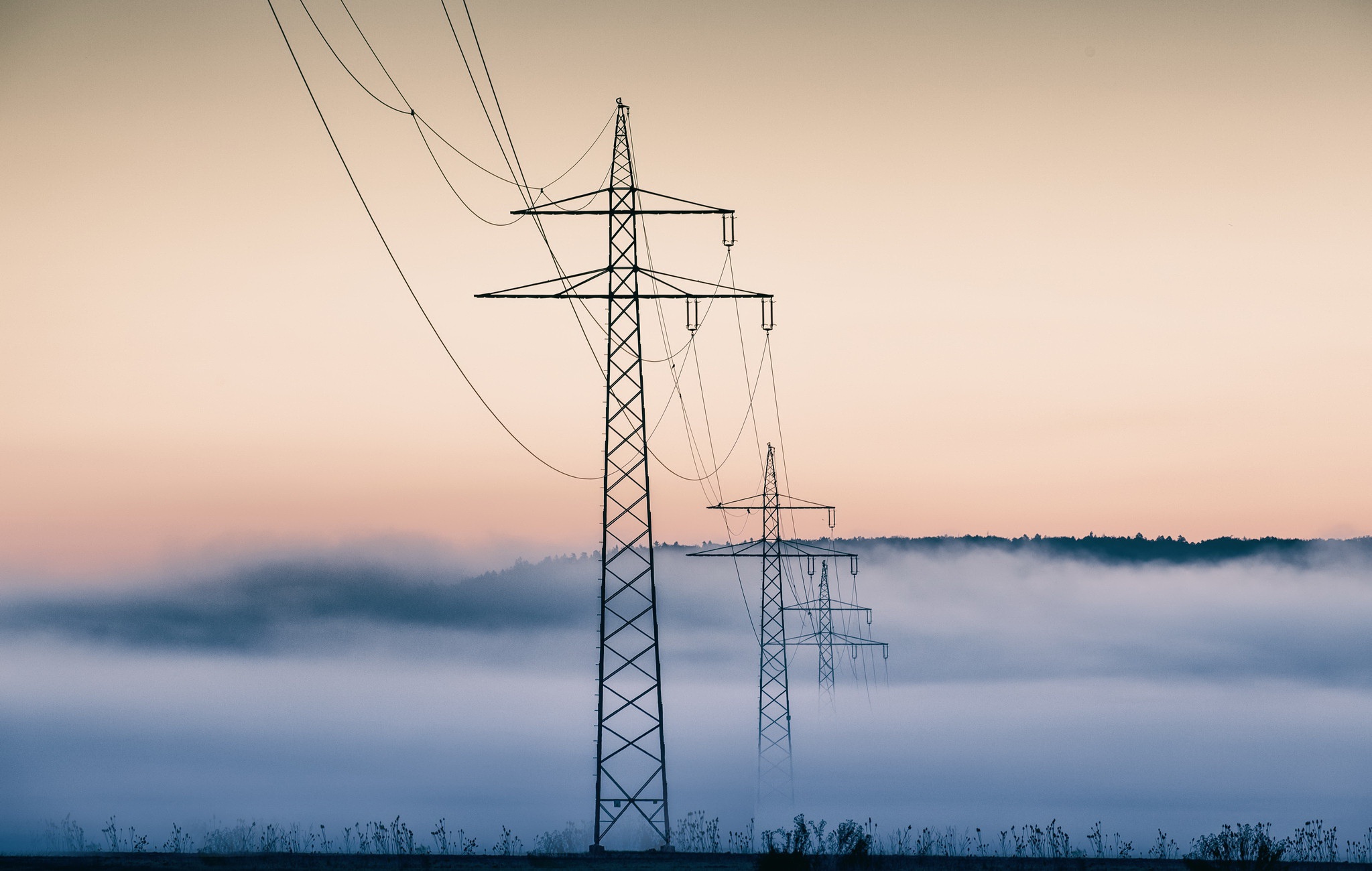
The draft notification establishes a comprehensive framework for carbon credit trading. While it opens new opportunities for market players, it also imposes operational, financial, and compliance challenges. The ultimate success will depend on effective implementation, stakeholder cooperation, and robust regulatory oversight.
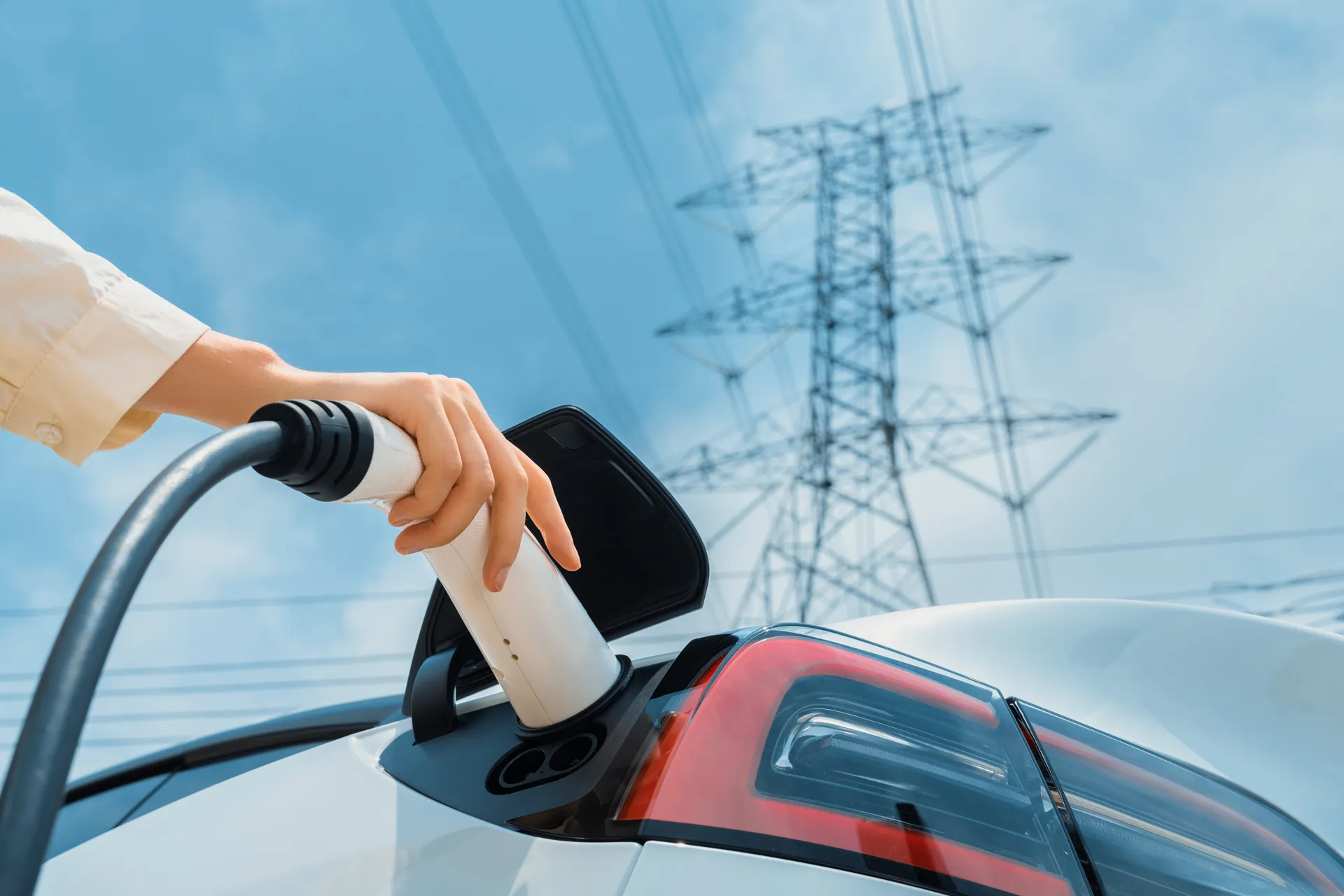
The fragility of current grid infrastructure is now the biggest obstacle to a net-zero power system. Today’s grids, already strained by rising demand and extreme weather, are unprepared for projected electricity load growth over the next decade.

If it feels like GPUs (Graphics Processing Units) are suddenly everywhere, it’s because they are. GPUs drive computation across a wide range of industries and applications, from big data analytics to machine learning.